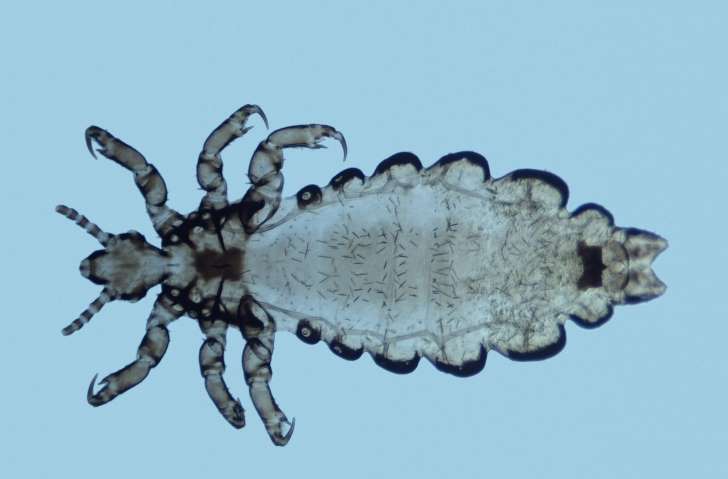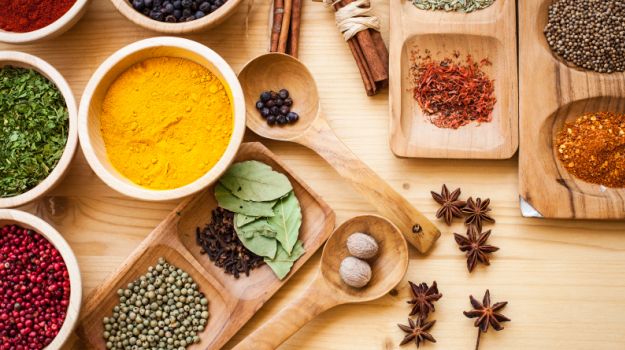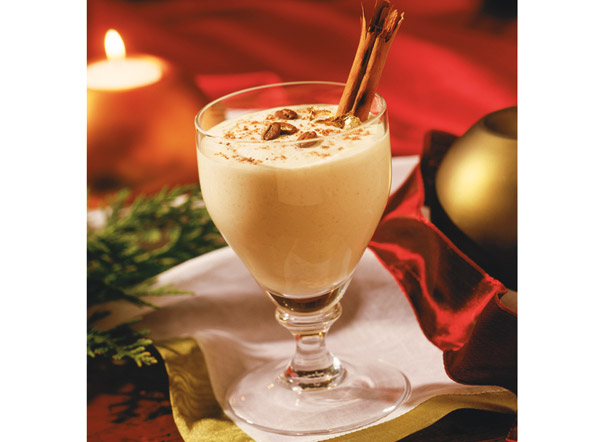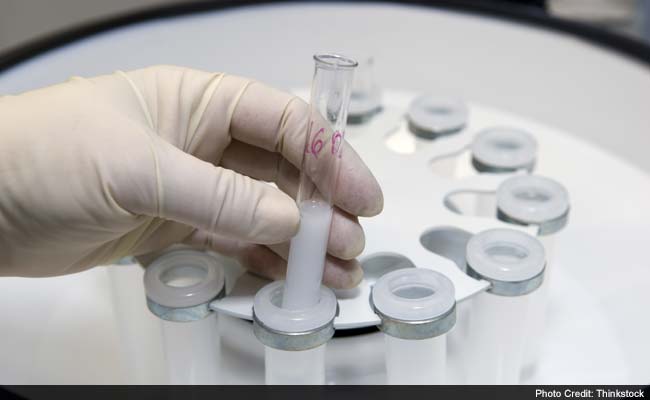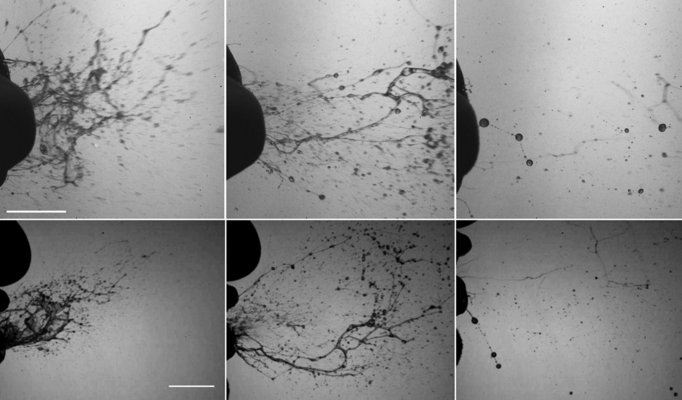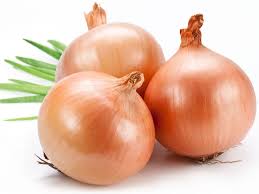
I resemble a bulb but I do not emit light- though I ignite the digestive fire.
I do not have eyes but I bring tears if mashed or pierced.
I am available everywhere, from a poor man’s kitchen, roadside dhaba or restaurant to a five-star hotel.
I am called the musk of the poor but in times of scarcity I make them groan while the stockist grins.
I am Allium cepa , available in red, yellow and white varieties and have been grown since ancient times for culinary and medicinal purposes along with my edible relatives – garlic, shallots, chives and leeks.
The Egyptians, Greeks and Romans considered me an essential component of food an early as 300 B.C.E.
I kept the builders of pyramids, strong and healthy. Worn as a talisman, I protected farmers from vampires in the Mediterranean region.
I provided stamina and strength to the soldiers of Olympia and was applied as paste or poultice over bruises, wounds, the painful ear or tooth.
In Egypt, I was particularly used to allay thirst, increase libido and treat cholera and snake-bite cases.
In the Russian Orthodox Church-architecture, the roof ending in a point became popular as the onion-dome.
In the Indian villages, my peeled bulbs were hung near burning lamps to keep off mosquitoes or used to make rosaries to safeguard children from fever and infectious diseases. Magicians, sorcerers and tantrics wrote secret massages on paper using the juice of my flesh as ink. The message became visible on heating.
The Taittiriya Upanishad identifies food with Brahma, the Absolute Reality. But religious men put me in the category of tamasic food having stimulating quality.The grammarian, Panini, prohibited my use among the high castes. I was never the part of offerings to a priest and was believed to rouse the passionate nature of men and hence considered a toboo during religious fasts (vratas).
The taboo continues. My pungent smell earned me such names as Durgandha (“having bad smell”), and Mukhadushaka (“mouth-spoiling”), and Yavaneshaka (“dear to aliens).
However, centuries ago, sages like Atreya and Dhanwantri recommended me for health benefits. Charaka and Sushruta call me Palandu and delineate my biochemistry.
I subdue vata, increase kapha and pitta, and protect the body from various ailments. Vata is the source of kinetic energy, kapha of potential energy and pitta of thermal energy in the human body, according to Ayurveda – the ancient Indian science of longevity.
I am a rejuvenator, expectorant, aphrodisiac and carminative, and provide an instant cure for vomiting and diarrhoea when mixed with lemon juice, black pepper, karpura (camphor) and other herbal drugs.
Women of the Shaka tribe kept themselves fit by eating me in raw form. An ancient king of Vidisha( Madhya Pradesh, India) is said to have cured himself of glaucoma by slicing me for hours at a stretch.
Today, the celebrated yogi, Ramdev, recommends my juice mixed with that of ginger, lemon and honey, as a panacea for eye ailments.
Modern medical science has come to recognize my virtues. I contain iron, calcium, phosphorous, carotene, vitamins and sulphur compounds and can help to cure disorders of the digestive, respiratory and excretory systems. If used judiciously, I can ease the spasm of the small arteries, reduce blood cholesterol, alleviate common cold and cough, simulate the kidneys, and improve body resistance. Some restaurants in Europe serve the decoction of my pulp to the inebriated so that they may drive home safely. Besides my usefulness, I embody the mystery of existence. Peel me layer by layer yet no one can reach my being.
Dr Satish K Kapoor, a former British Council Scholar, was Principal Lyallpur Khalsa College, Jalandhar and Registrar, DAV University, Jalandhar City ( Punjab). He is the author of seven books and Associate Subject Editor of Encyclopedia of Hinduism. He has broadcast and telecast over 200 programmes on different channels and prepared features and documentaries on subjects of history, religion and culture. Infinityami50@gmail.com


 South Asian News E-Paper
South Asian News E-Paper Punjabi News E-Paper
Punjabi News E-Paper



